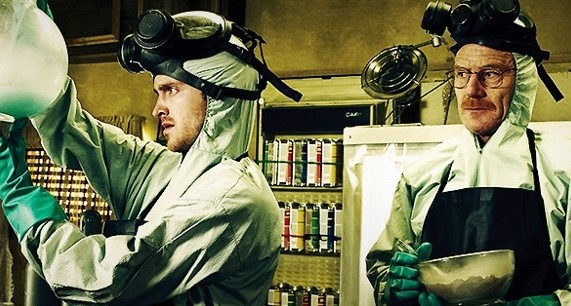On July 31, 2001, electronic devices and components (such as, but not limited to, computer monitors, central processing units and printers) were added to the Universal Waste Rule, which was created by the federal government to assist businesses and agencies that handle certain frequently generated hazardous wastes. Other items that may be included under this rule are batteries, mercury-containing lighting wastes (such as fluorescent light bulbs), and aerosol cans.
If a business has electronics it no longer needs, the most practical choice is to recycle them as a universal waste rather than dispose of them. Disposal of these wastes is difficult to control because of their widespread use. The rule is intended to provide a set of reduced management standards that lessen the regulatory burden and encourage recycling for those wastes generated. Under the Resource Conservation and Recovery Act (RCRA), if materials that are considered universal wastes are not managed under the Universal Waste Rule, then they are subject to full compliance with hazardous waste rules such as labeling, manifesting, training and time limits.
If you have wastes that can be declared universal wastes, guidelines for handling them can be found in the Colorado Hazardous Waste Regulations 6 CCR 1007-3 Part 273.
For complete details regarding these regulations as well as other useful information, access the Colorado Department of Public Health and Environment's hazardous waste page. Or call the Larimer County Household Hazardous Waste Program at (970) 498-5773 with questions.
Electronics Recycling Resources:

